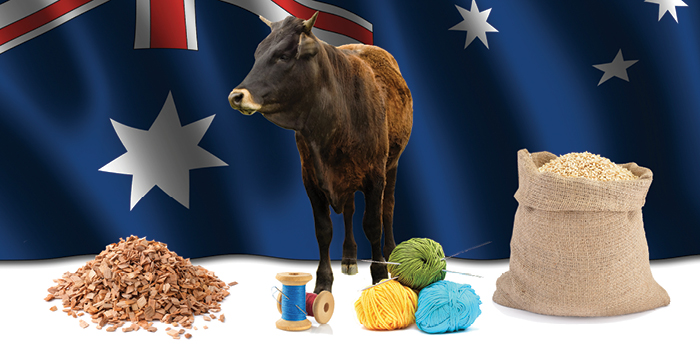Know the customer – Brand story – Supply chain transparency – Free trade agreement (ChAFTA)
The Access China Tour kicked off in Shanghai on Monday with the Ag in Asia annual conference, featuring a stellar line up of speakers and around 300 in attendance.
The key themes discussed at Ag in Asia centered around ensuring a strong brand story, transparency in the supply chain, demands for safe, fresh food and health products, and the importance of Chinese Australia Free Trade Agreement (ChAFTA).
With China globally the second largest economy, Mr Wang, Austrade Senior Investment Commissioner for Greater China set out the facts, highlighting that they are ripe for investment. China is the largest exporter in the world and holds the largest foreign reserve at 3.23trillion USD. Their second largest outbound investment is in Australia, with the USA coming in first.
Top purchases from Australia’s agriculture and food industries are wool ($2bn), beef and veal ($.9bn), hides and skins, cotton, wood chip, barley and wheat.

Know the market & understand the consumer
The key to the Chinese Market is understanding the Chinese consumer. The Chinese are willing to pay more for a premium product, that they determine as fresh and safe. This consumer is always connected and likely to research products online 20 to 50% more than any other consumer.
When it comes to e-commerce, social media is key. “In China you leap frog to social media. You don’t need to do old engagement strategies” said Ann Bierbower of China Skinny. The latest trend is eCommerce through the WeChat app, a popular cross-platform instant messaging service. In China, users who have provided bank account information to WeChat may use the app to pay bills, order goods and services, send money to other users, and pay in stores.
Michael Finucan, General Manager International Business at Meat & Livestock Australia (MLA) reinforced the comments made by Ms Bierbower. “The number one message is that the food is different up here. You need to know what the customer wants.”
The Chinese consider the items below in order of preference when making food purchase decisions:

Tell your brand story:
Brands have a strong part to play in China. They need to have a clear and compelling story, engage with two-way content, empower their fans and utilise local influencers. Product testing and innovation and are highly regarded in China. Brands need to be fast moving and cut through the clutter. Connection needs to be personal and is highly sought after.
Transparency in the supply chain
The Chinese want to know about the origin of food. Where did it come from? Is it safe? Your brand story can help to answer these questions.
Issues mentioned at the conference associated with getting Australian product to the consumer were focused around retail and eCommerce. With the value the Chinese place on transparency of fresh food, eCommerce can be affected as the consumer want to inspect the produce first. Retail is generally not well organised which makes it very hard to get fresh produce into market.
ChAFTA
Free trade agreements are very important for Australia going forward with ChAFTA at the cornerstone. ChAFTA provides Australia with an advantage over major agricultural competitors, including the United States, Canada and the European Union. Read more about ChAFTA here.
Hot tips from MLA: Focus on the high end. This will always be the better option as it is already heading to an affluent customer. Logistics are best in well-developed areas but still complex. Brands need to concentrate on specific and tailored delivery to a select market.
Michael Matthewson and Michael Fung are touring Shanghai, China as part of the Access China Program. Wiley attends events like these to constantly grow our knowledge and maintain our position at the forefront of the food industry. We love sharing that knowledge with our network to help us all reach peak performance and help ensure our global food security into the future.



